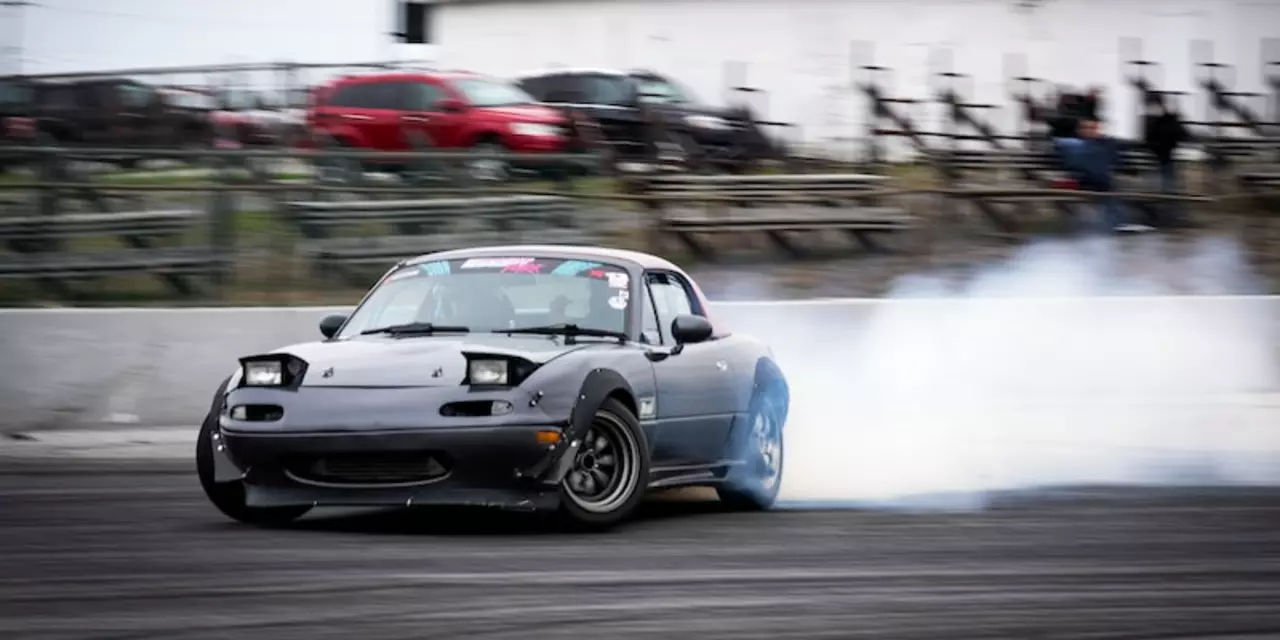Motorsport Techniques: Master the Skills Behind Rally Success
When mastering Motorsport Techniques, the set of driving methods used to control a vehicle in competitive racing environments, drivers rely on a blend of precision and confidence. One core method is drifting, an intentional oversteer that keeps the car sliding through a corner while maintaining throttle, which lets racers stay on the optimal line on loose surfaces. Another essential skill is traction control, the ability to manage wheel grip through throttle modulation and brake balance, crucial for both gravel and tarmac stages. Finally, rally driving, the discipline of navigating timed stages over varied terrain while maintaining speed and safety ties all these methods together, shaping how a driver attacks corners, reacts to obstacles, and trims lap times.
Why These Techniques Matter
Mastering Motorsport Techniques isn’t just about flashy moves; it’s about controllable, repeatable performance. Drifting, for example, teaches you to harness oversteer deliberately. By stepping into a controlled slide, you can keep the car pointed toward the exit of a bend, which shortens the distance traveled and preserves momentum. This skill becomes especially valuable on loose gravel where traction is fleeting. Oversteer isn’t a mistake—it’s a tool you can dial in, and understanding its limits lets you correct a trajectory before you lose the line entirely.
Traction control, on the other hand, is the art of balancing throttle and brake to keep the tires glued to the road. In rallying, you often face rapid changes from wet mud to dry pavement. Knowing how to modulate power so the wheels don’t spin, while still applying enough force to carry speed, can shave precious seconds off a stage. Drivers who master brake bias and throttle feathering can maintain higher corner entry speeds without sacrificing stability.
Car handling goes beyond individual techniques; it’s the cumulative effect of vehicle setup, driver input, and terrain. A well‑tuned suspension complements drifting by allowing the rear wheels to break loose smoothly. Similarly, a calibrated differential works hand‑in‑hand with traction control to distribute torque where it’s needed. When these elements click, the driver feels an extension of the car itself, turning each corner into a predictable, timed maneuver rather than a gamble.
The payoff is clear: drivers who blend drifting, traction control, and fine‑tuned handling see faster stage times, fewer off‑track incidents, and a more enjoyable driving experience. Training programs often start with low‑speed slides to teach throttle control, then progress to mixed‑surface runs where traction management becomes the focus. Over time, the driver builds a mental map of how the car behaves under different loads, making split‑second decisions feel natural.
Below you’ll find a curated collection of articles that dive deeper into each of these topics. From the importance of drifting for rally car drivers to advanced tips on managing traction in changing conditions, the posts are designed to give you actionable insights you can try on the next practice run. Keep reading to see how each technique can be applied on real stages and how you can start improving your own racecraft today.

How important is it to know how to drift for rally car drivers?
Drifting is a driving technique used on both paved and unpaved surfaces that involves intentionally causing a car to oversteer and lose traction with the ground. Rally car drivers must be proficient in drifting in order to be successful in their sport. It is important for rally car drivers to know how to drift because it allows them to maintain control of the car while going around corners at high speeds, which is important for staying on course and avoiding obstacles. Additionally, drifting gives rally car drivers the ability to correct their trajectory if the car starts to slide off track. As a result, knowing how to drift can help rally car drivers to stay on course and improve their lap times.